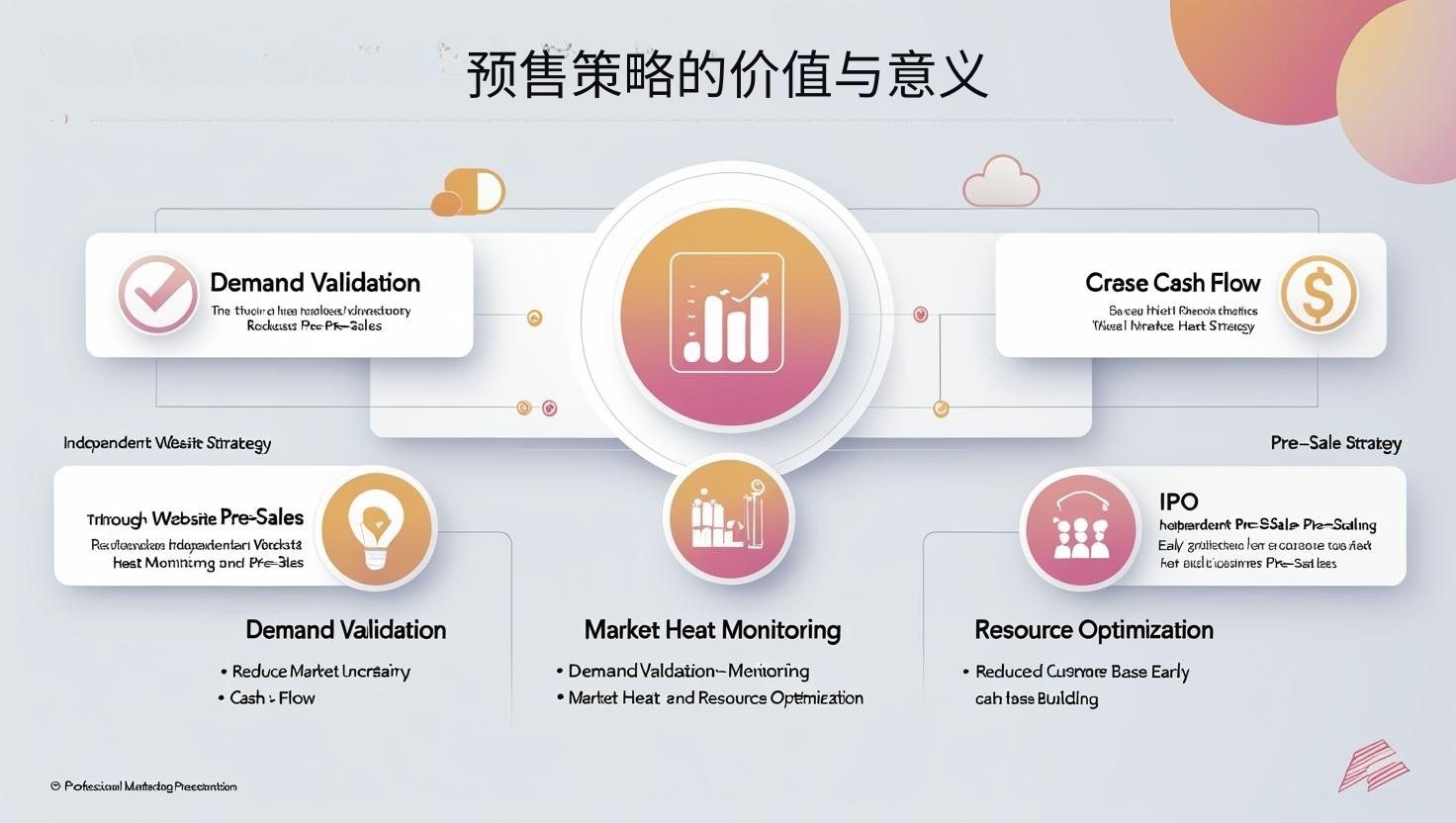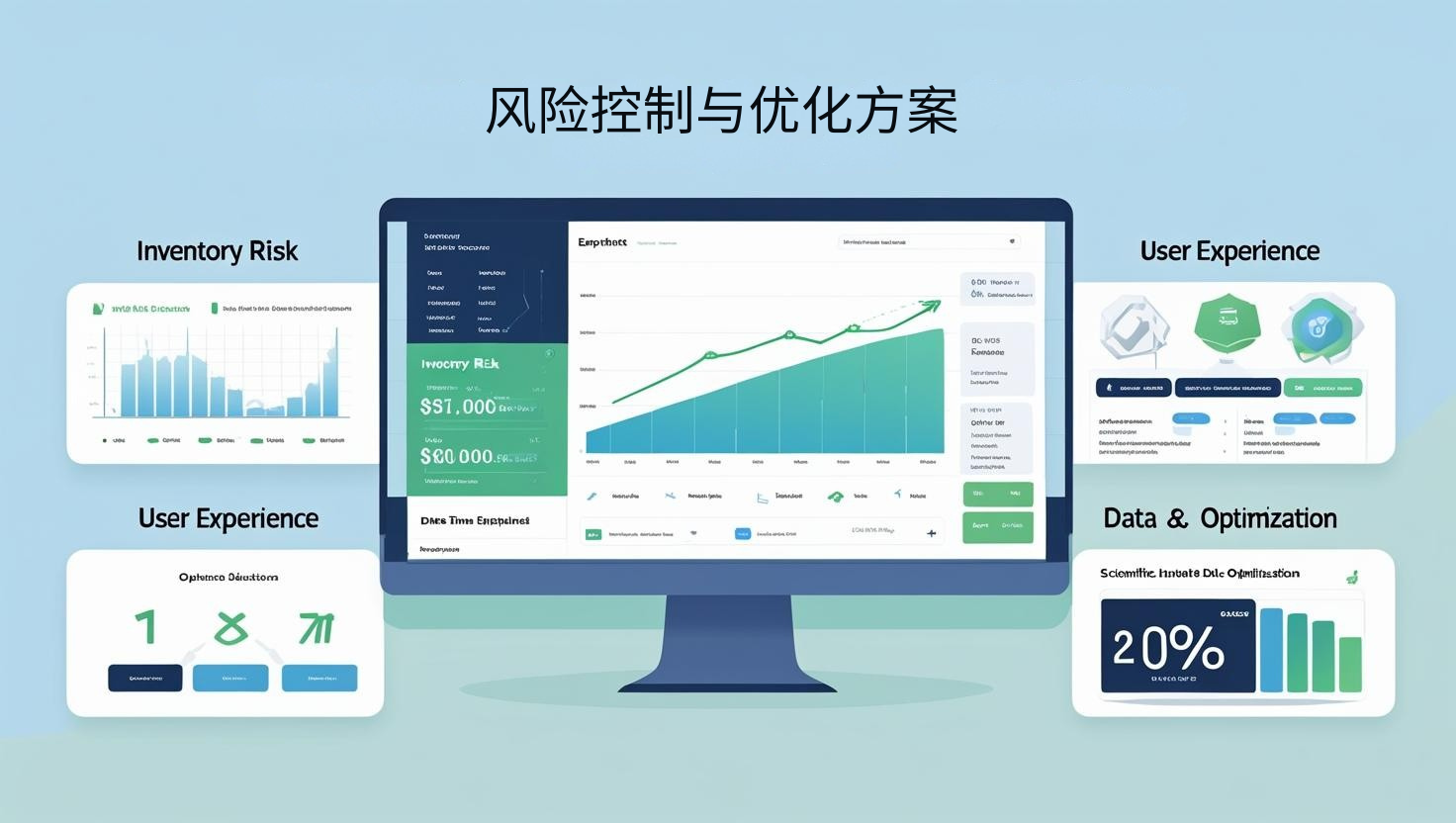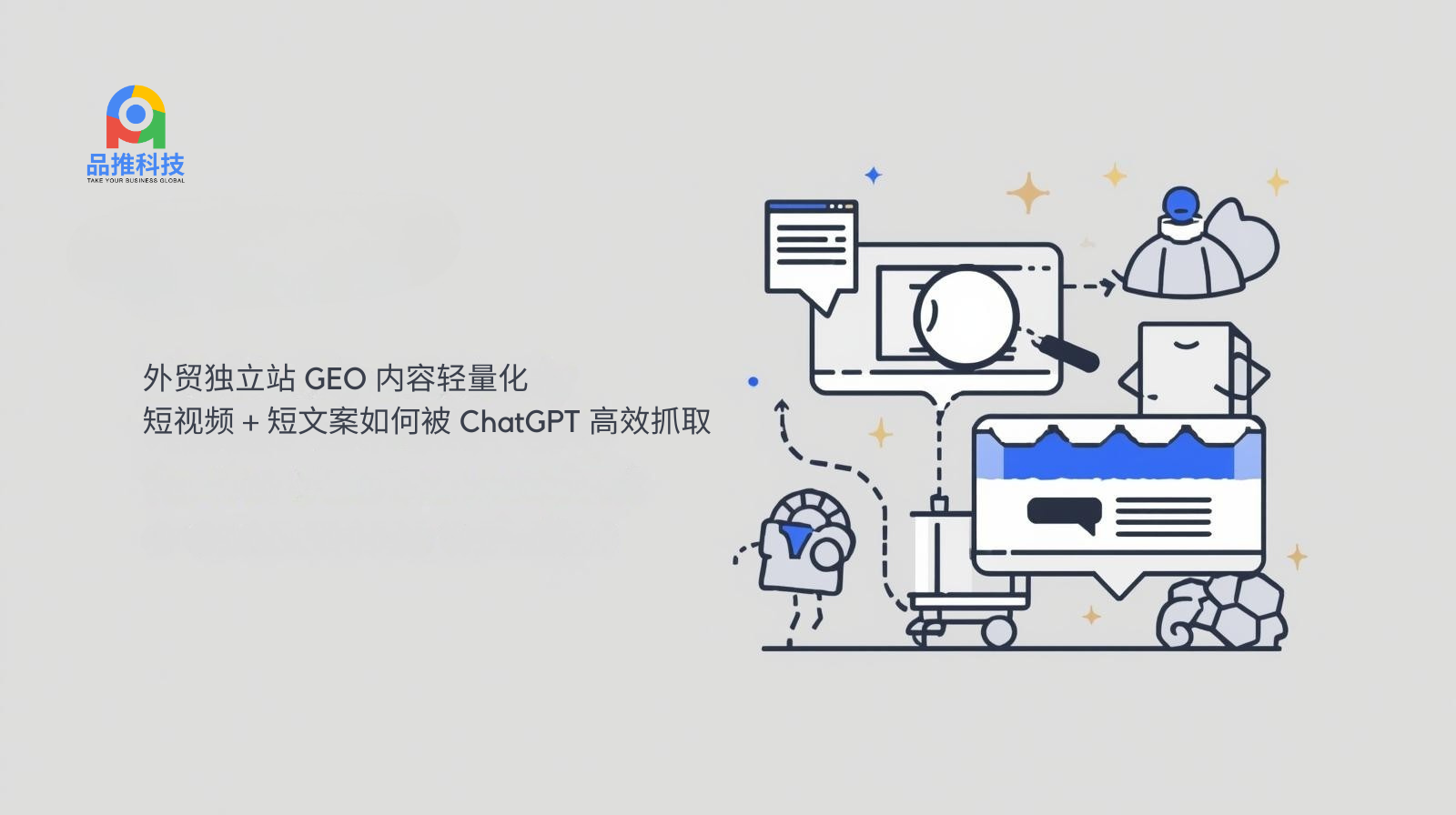In the fiercely competitive digital market, how can companies ensure the success of new product launches and avoid inventory overhangs and a lackluster market? One answer is to implement a pre-sale strategy through an independent website . Pre-sales not only help target potential customers in advance but also verify market demand and product popularity through data analysis, thereby optimizing production and marketing plans. This article will explore in detail the core methods and practical strategies for pre-sales on independent websites.
 The value and significance of pre-sale strategy
The value and significance of pre-sale strategy
The core of a pre-sale strategy is to obtain market feedback through limited sales activities before a product's official release. According to research by the International Electronic Commerce Association (IECA) , pre-sales can effectively reduce market uncertainty and improve a company's cash flow efficiency.
By pre-selling on an independent website, companies can achieve the following goals:
Demand validation : Testing the product's popularity in the target market in advance.
Market heat monitoring : Analyze user interest and purchasing intention through pre-sale data.
Resource optimization : Adjust production plans, inventory allocation, and marketing budgets based on pre-sales.
This strategy not only reduces the risk of a company going public, but also helps build a customer base in advance, paving the way for a formal listing.
Technical and data support
As a sales platform controlled by the company, independent websites provide strong data support for pre-sales strategies. The World Marketing Association (AMA) points out that data-driven decision-making is the key to successful modern marketing.
In specific implementation, enterprises can adopt the following methods:
User behavior tracking : Analyze pre-sale page visits, dwell time, and click-through rates through the independent website to determine potential customers’ interests.
Inventory and payment management : Independent sites can support prepaid orders, batch shipments or scheduled payments to ensure that pre-sale activities are controllable.
Market segmentation analysis : Combine user geography, access source and behavior data to accurately divide target customer groups and achieve targeted marketing.
This data not only helps companies optimize their products and marketing strategies, but also accumulates valuable user insights before officially launching on the market.
Marketing and user engagement strategies
The success of pre-sales strategies depends on effective marketing and user engagement mechanisms. Companies can combine the following approaches proposed by Deloitte Insights :
Build momentum in advance : Display pre-sale information through social media, emails, and the homepage of the independent website to attract the attention of potential customers.
Interactive incentives : Provide exclusive pre-sale discounts, limited gifts or points rewards to increase users' willingness to place orders.
Content personalization : Recommend related products or pre-sale packages based on customer interests to enhance engagement and purchase motivation.
Through these methods, companies can not only improve pre-sale conversion rates, but also increase brand stickiness and cultivate long-term customer relationships.
 Risk control and optimization solutions
Risk control and optimization solutions
Although pre-sales bring many advantages, companies still need to pay attention to risk management, including:
Inventory risk : Independent sites can set limited pre-sales to avoid overselling and causing customer loss.
User experience : Ensure the pre-sale page loading speed and payment process are smooth to reduce purchase friction.
Data analysis and optimization : By monitoring pre-sale data in real time, timely adjustments can be made to prices, inventory, and marketing strategies.
Through scientific risk control and data-driven optimization, companies can maximize pre-sale revenue and improve overall listing success rates.
With the Pinshop website-building platform, businesses can easily build a fully functional independent website that supports the entire pre-sale process, including order prepayment, inventory allocation, customer data analysis, and marketing triggering. The platform also seamlessly integrates with social media, email marketing, and third-party payment tools, making the independent website not only a sales portal but also a core of business data and customer assets. Through pre-sale strategies, businesses can verify demand and gauge market interest before product release, laying a solid foundation for the official launch.
Recommended related articles: Multilingual Independent Station Strategy: Balancing Localization and Internationalization







